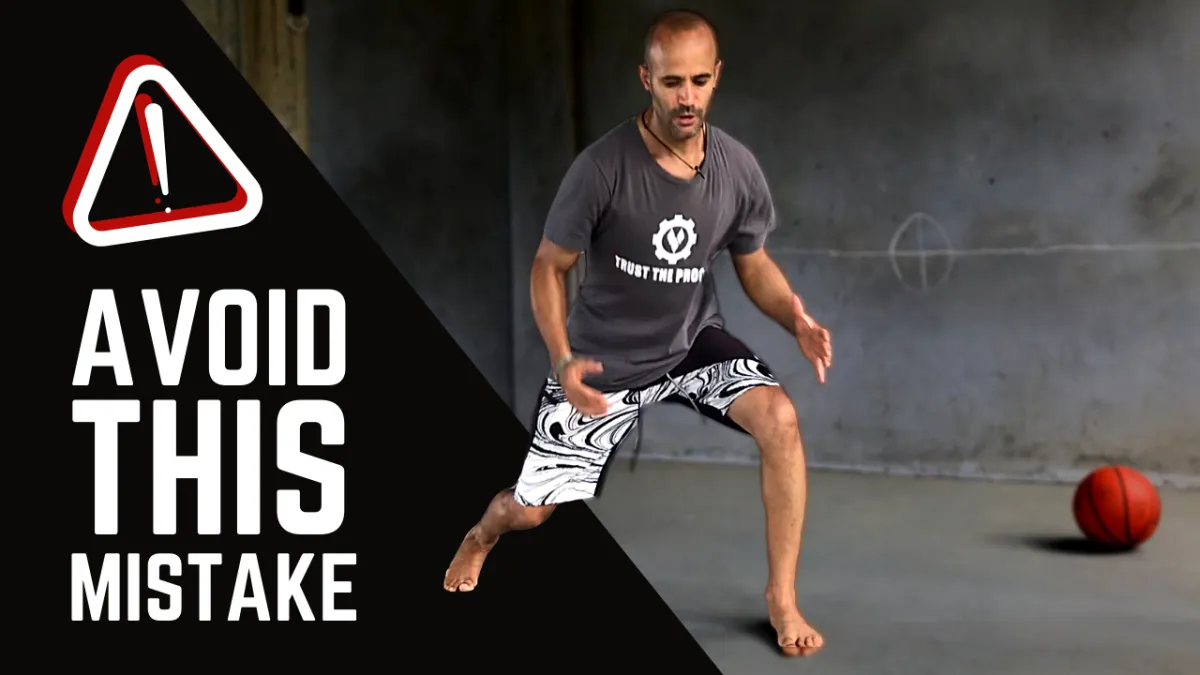
The Crossover And Knee Injuries
Custom HTML/CSS/JAVASCRIPTSubscribe To Our YouTube Channel For More Videos Like This →
Summary:
In basketball, knee injuries commonly result from poor foot positioning and a lack of joints working together when playing and training
The crossover move is frequently done with a lost connection to the back foot
Movement patterns done in this way repeatedly over time cause
Poor foot positioning and lack of communication between the joints will lead to strain, pain, and likely an injury, particularly in the knee joint
How the feet interact with the ground has a direct impact on athletic performance
The cushion of most basketball shoes enable poor foot positioning by deafening the body’s sensitivity and natural response to awkward and unfavourable positions
Custom HTML/CSS/JAVASCRIPT
There is an epidemic of basketball knee injuries across the board with players, regardless of age, gender, and performance level. There are a number of reasons for this onslaught on injury to the knees, which fall outside of the scope of this article. In general, it can be attributed to imbalanced bodies, unnatural movement mechanics, lack of movement diversity (especially at younger ages), weakness in many areas of the body (like major joints and feet) due to modern lifestyles, etc. The list goes on.Using the crossover, this video highlights a small example of unnatural movement mechanics and weakness in the feet. Remember that the same principles outlined in the video apply to why a lot of knee injuries happen for basketball players.
Here’s what is happening (at minute 1:13):
foot rolling in
loss connection to the back foot
The result? It puts a lot of strain on the rest of the body, especially the knee.
As shown at 2:04, the body’s position in a crossover is a good example of a general athletic stance, which is basically a lunge; dynamic and responsive. When you’re in your athletic stance, you want connection throughout the whole structure - i.e., all of your joints talking to one another.
What we see in most athletes is a dead position - static, rigid, and no communication throughout the body. You are much more responsive and able to change direction quickly when in the more athletic position (5:11).
While the difference may seem subtle, it has a significant impact on athletic performance (especially over time.
Most basketball shoes (literally, almost every one on the market) create an enormous cushion for the foot, so it takes away all of the sensitivity of the foot, and the body can’t respond to what is going on. This is why most people have footwork positions that are not sustainable.
When practicing sport-specific skills, pay attention to more than the execution of the drill. Pay attention to how connected, responsible, and fluid you feel in every step of the drill. Two ways you can do this are:
Test yourself - can you stop at any step in the drill and stay in control? You shouldn’t be off-balance at all, and your structure should feel at ease.
Take your shoes off and go onto a rough surface (like concrete / gravel) and see if you can perform the drill. You will not be able to repeat poor movement mechanics on a surface like that.
Remember:
Your Body is a Whole Animal - every part of the body should be involved in every movement, and balance your body weight and movement in a state of ease.
Your Feet Need to Sense the Ground - the health of your feet influences how well you can perform (and recover) as an athlete, in any sport.
Interested in applying to train with us? We work with a few clients one-on-one every year from around the world. Make sure to apply if this interests you, or click to learn more.



Copyright © 2019-2025 Athletic Engineering Canada. All rights reserved.
